Wander through the winding cobbled streets of Pollensa’s old town and visit the 18th century Nostra Senyora Del Angels church and its fabulous rose window in the Playa Major before enjoying a leisurely lunch of local tapas washed down with a glass of chilled white wine; enjoy a morning’s snorkelling in the crystal blue water of the Mediterranean Sea and then return to your luxury private villa for a relaxing afternoon of sun bathing; challenge yourself to a game of golf at the legendary Son Vida golf course – home to two European tours and with spectacular views around the bay of Palma. Located at the eastern end of the Sierra de Tramuntana and tucked between two hills, each topped by a sacred site, Pollensa is one of Mallorca’s most attractive resort towns and Pollensa property is increasingly being sought after by international investors wishing to own a property in the sun.
Large enough to avoid being twee but small enough to wander round in a morning, Pollensa has long attracted foreign visitors but has learned to accept and adapt to tourism without losing its soul – it has none of the feel of other towns on the island which have succumbed under the sheer weight of tourism. Pollensa old town is a full of narrow winding streets and life centres around the Playa Major which is full of bars and cafés. Its port - Puerto de Pollensa lies a few kilometres to the north and has two lovely sandy beaches lined with lively restaurants, bars and cafés.
The area of Pollensa has an ancient history; archaeological remains show that it has been inhabited since pre-Talayotic times (2000-1500BC). The Romans then conquered Mallorca in 123 BC but any settlement on the current site of Pollensa was probably destroyed by the marauding Vandals in the 5th century. It was not until 12th century that the Moors founded the town as we know it today and built irrigation systems for agriculture which allowed the village to prosper. Pollensa then flourished until the Black Death ravaged the town in 1348; subsequent poor harvests then resulted in the town falling from being an important outpost with triumphal monuments and a university, to a typical Mallorcan medieval village. Towards the end of the 16th century the Dominican monks settled in Pollensa and began the construction of grand houses and the introduction of Guilds. The construction of a dock at the Port de Pollensa in 1830 then allowed greater trading and helped to create more wealth for the town. The end of the 19th century witnessed the beginning of an artistic era for the town which continues today with poets, painters, musicians and historians all descending on Pollensa for inspiration. Tourism began to make its presence felt at the beginning of the 20th century although agriculture remained the most important industry until the 1960s when the tourist boom finally hit the coastal regions. Today Pollensa remains one of the most popular tourist destinations in the Balearic Islands yet has retained its quintessential local charm.
Due to its continuing popularity with foreign visitors, Pollensa property prices have been extremely resilient and there is a strong rental market both in Pollensa and Puerto Pollensa. There is a wide variety of Pollensa property to choose from depending on your budget and taste ranging from beautifully renovated country houses set in the middle of vast estates, secluded villas with fabulous views of the Mediterranean Sea and luxury apartments just a stone’s throw from the harbour.
In the countryside surrounding Pollensa there are majestic country houses with sweeping stone terraces, swimming pools, beautiful gardens and cobbled courtyards. At the top end of the market €4m would buy a fabulous 6 bedroom/5 bathroom country home built in the traditional Mallorcan style with huge wooden beams, cool tiled floors and a sweeping manicured garden all set within 26,000m2 of land. Enjoy a refreshing swim in your huge heated swimming pool and then relax with a drink on the vast roof terrace to enjoy the panoramic views of the surrounding Tramuntana Mountains. There are also many lovely fincas and villas on the market ranging in price from €1.5m to €2.5m all of which have been renovated to the highest standard to provide modern luxury yet retaining their traditional Mallorcan style and charm. There are also many properties in need of renovation and these tend to be cheaper; for example €250,000 would buy a 2 bedroom property in walking distance of Pollensa village and with 4000m2 of land.
Pollensa property also offers a wide range of luxury apartments both in the old town and down near the harbour, the most sought after with front line views of the sea. A two bedroom apartment just minutes from the harbour would cost in the region of €400,000 whereas those with no direct sea view but gardens can be found for around €200,000 - €300,000 depending on the number of bedrooms and the location. If villas are more your style then again there are plenty to choose from. Starting from €500,000 and rising to over €1.5m to those with a private location and sea view or close proximity to the harbour.
Once of the latest developments on the Pollensa property scene is the Bellresguard community of Puerto Pollensa – a mixture of luxury apartments and villas grouped in small clusters each with its own infinity type community pool and beautifully manicured gardens with streams and ponds. Located at the end of the famous Pine Walk and just a short five minute stroll from the Bay of Pollensa, price tags average around €1.4million for a three storey villa to upwards of €900,000 for an apartment.
An area soaked in its ancient and rich history with majestic mountains, scented green pine forests, golden sandy beaches and the sparkling blue sea, the diverse range of Pollensa property provides investors with the perfect opportunity to buy property in a highly sought after area with year round sun and excellent investment prospects.
1. Putting down a Holding Deposit
On finding a property you wish to purchase you will need to negotiate the terms, price and conditions of the sale with the owner. This part of the process is not binding. We would recommend using an independent English speaking legal advisor. Once a purchase price has been agreed, normally a holding or reserve deposit will be required to ensure the property is removed from the market. The sum required will vary between properties and will be based on the purchase price. A time limit for the preagreement to be signed will be arranged and there will also be legal checks to be made.
2. Setting up a Pre-agreement (Contrato privado de compraventa)
The pre-agreement will set out the conditions under which the Buyer and Seller agree to complete the purchase of the property and the price they have agreed upon. Relevant details will generally be included for example the property details, purchase price and the date for completion. A deposit will be required at this point, this will vary, but will generally be 10% of the agreed price. This agreement will include a penal clause if the sale does not go through. If the seller pulls out of the sale your compensation will be double the deposit you have paid, but if you decide not to go through with the sale then your deposit will be lost. Certain checks will need to be made before signing the contract, checks should be made against the title of the property, mortgage status and if the property has any debts held against it. The planning status should also be looked into. These conditions can be varied by the seller and the buyer and other types of agreement can be made.
3. The Contract (Escritura de compraventa)
Before a non-Spanish purchaser can buy a Spanish property they will need to have set up a Spanish bank account and obtained a Spanish tax number (NIE). The completion will take place in the presence of a Notary Public. This is a Spanish public official, by law the deed of sale must be witnessed by a Notary Public. You will also need your own independent, expert legal advisor to act on your behalf. On Completion the buyer must pay the balance, that is the price agreed after the deposit has been deducted, plus any other fees on the completion date. Both buyer and seller must sign the Escritura de compraventa contract, (this is the Spanish equivalent of the title deeds). The title deeds (escritura) will be given to the buyer, this will be done in the presence of a Notary Public, they will certify that the transfer has taken place. The tax office will be sent a copy and the property registry will be informed of the transfer.
IMPORTANT - Disclaimer :
All information provided is believed to be current and provided free of charge. No liability can be accepted for the reliability of the information and statements made as this is obtained from 3rd parties. We always recommend you take legal advice from a fully qualified Lawyer or Notary before buying a property overseas.
Close
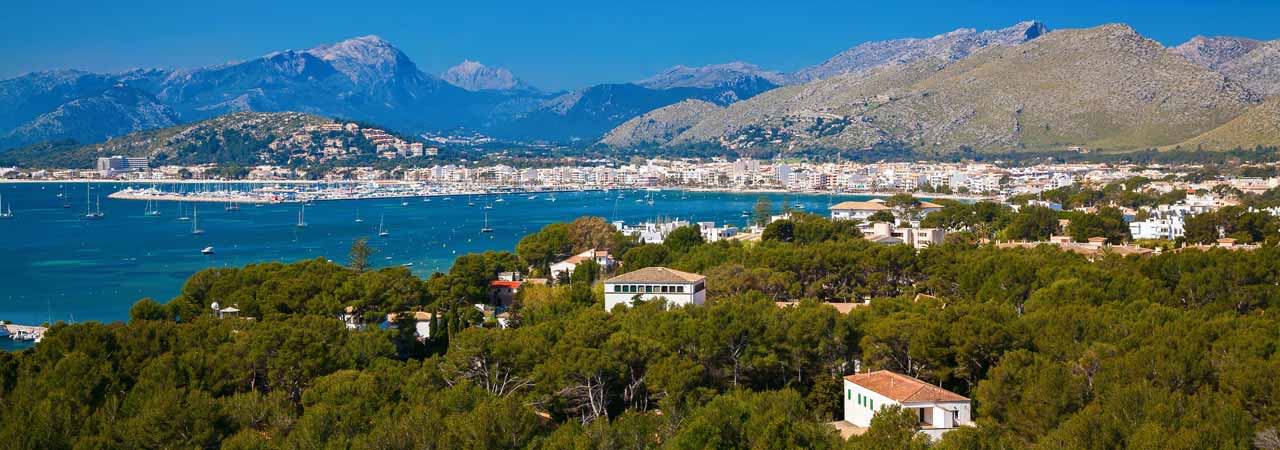


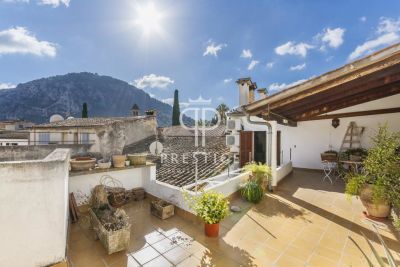


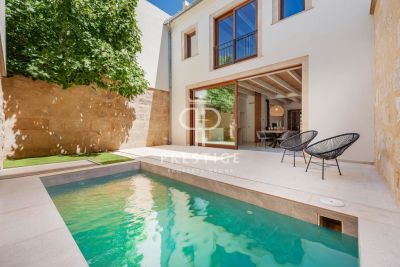




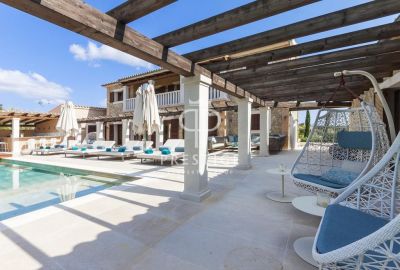











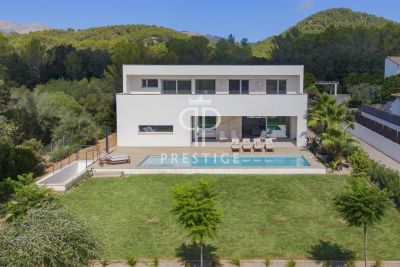
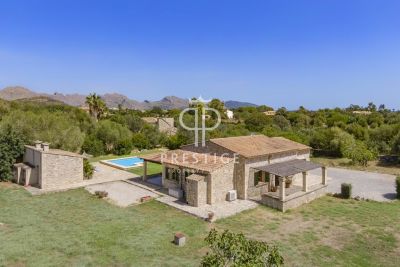



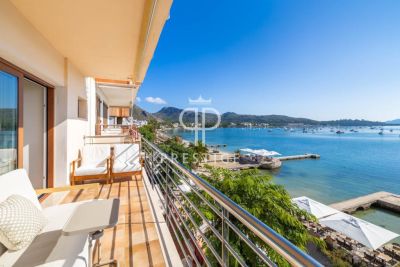
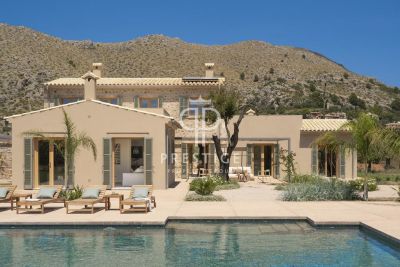

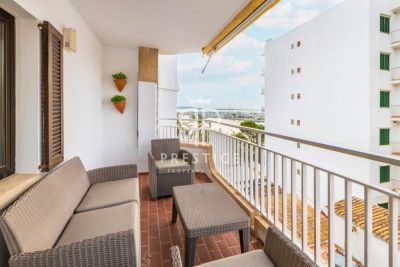

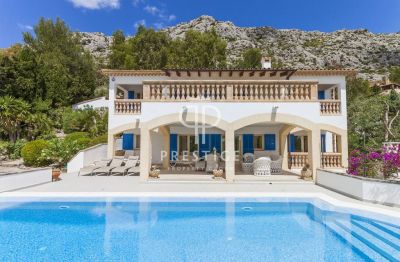
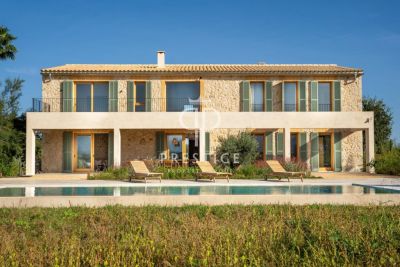



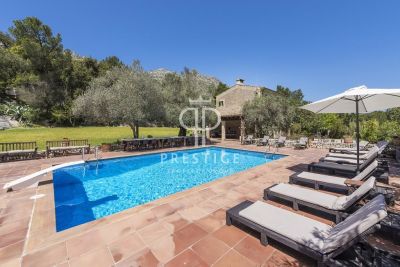



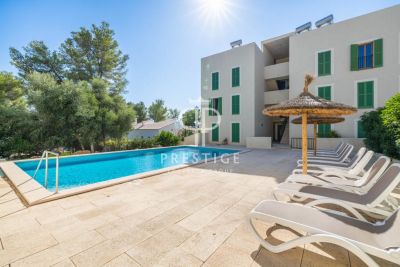
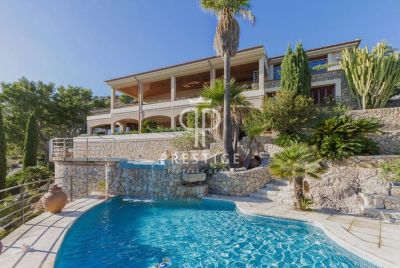
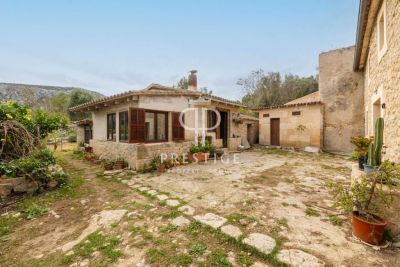
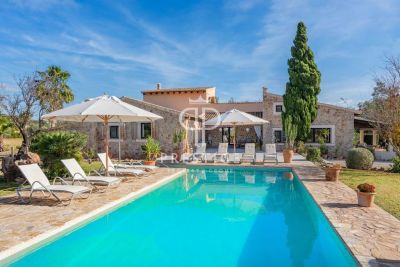


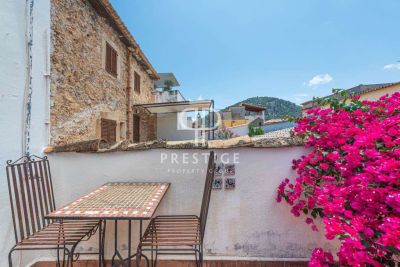


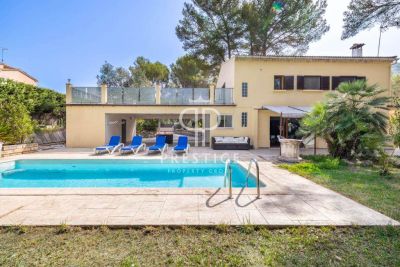


 Facebook
Facebook Twitter
Twitter Instagram
Instagram